Can Dice Models Compete with Lightning-Fast Layer 2 Systems?

Enter Layer 2: faster, cheaper, still anchored to rigor
Layer 2 systems emerged to address these performance and cost issues while preserving rigor. By moving most computation off the main chain and only submitting proofs periodically, they allow results to appear nearly instantly at negligible expense. For learners, the impact is dramatic: simulations run smoothly, rapid-fire iterations become possible, and exploration can happen at scale. Concepts such as distribution convergence, statistical expectation, or probability under varying parameters can be demonstrated in real time without technical delays distracting from the lesson. Just as importantly, the link to the base layer ensures outcomes remain verifiable, so the mathematical integrity of the model is intact. This balance between speed and proof makes Layer 2 approaches well-suited for educational environments. They allow classes to shift from theory to experiment seamlessly, letting students experience probability as a living system that responds immediately to hypotheses and adjustments.
Innovation at the intersection
The most exciting direction is the blending of approaches. Hybrid systems now anchor security and verification at the base level while delivering near-instant results through faster networks. This opens up entirely new educational possibilities. Teachers can design interactive sessions where students run collaborative simulations, test strategies with dynamic parameters, and immediately compare results across groups. Advanced mechanics, such as streak multipliers or evolving probabilities, provide case studies for both probability and algorithm design. Beyond mathematics, these models touch fields like game theory, behavioral science, and network optimization. Tools have matured as well. Dashboards now present outcomes with greater clarity, statistics refresh instantly, and moving between networks requires far fewer steps. For students, this shift reduces the effort spent on navigating interfaces and increases the time available for observing patterns, posing questions, and forming conclusions. Developments at this intersection point to a lasting role for dice models, not as peripheral examples but as central resources for teaching probability in the years ahead.
Rolling Forward: The Future of Randomness in Education
Dice models retain their place as powerful teaching tools. Base systems emphasize transparency and verification, essential for building trust in mathematical reasoning. Layer 2 networks lower the barriers to experimentation by allowing many more trials to be run quickly and at minimal cost. This creates a learning environment where abstract concepts are tested directly through practice. For educators, the strength comes from combining both approaches. The base layer provides transparency and trust while faster networks support interactive exploration. Students experience rigorous proofs alongside rapid experimentation, which together build a deeper and more complete understanding of probability. The future of teaching randomness lies in this convergence of reliable foundations paired with engaging, immediate experiences that bring mathematics to life.
Frequently Asked Questions
How do you add and subtract mixed fractions?
Adding and subtracting mixed fractions can be a straightforward process with a bit of practice. First, ensure that the fractions have a common denominator. If they don’t, find the least common denominator and convert each fraction accordingly. Next, add or subtract the fractions part of the mixed numbers, and then do the same with the whole numbers. Finally, simplify the result if necessary. This process is similar to how dice models in probability theory break down complex problems into simpler, understandable parts. Understanding these concepts in math can be as transparent and verifiable as using digital tools to study randomness and fairness. For a deeper dive into fractions, you might find it helpful to explore topics like how to add and subtract fractions.
What is a growing pattern?
A growing pattern in mathematics refers to a sequence where each term increases according to a specific rule or formula. For example, in a simple numeric pattern like 2, 4, 6, 8, each number increases by 2. In the context of dice models, as discussed in the post, understanding growing patterns can help students predict probabilities and outcomes in games of chance by recognizing trends and applying mathematical principles. This concept is foundational in learning about sequences and series, enhancing students’ ability to analyze and predict based on established patterns.
What is the rule for a growing pattern?
The rule for a growing pattern describes how elements in the pattern change or increase as the pattern progresses. In the context of dice simulations, such as the eth dice model, understanding the rule of a growing pattern can help in predicting outcomes or calculating probabilities. For instance, if a dice simulation is set up to show how probabilities change with repeated rolls, the rule might state how the likelihood of rolling a certain number increases or decreases. This concept is crucial in explaining mathematical concepts like probability and randomness in a clear, tangible way. For more on probability and patterns, you might find these explanations on probability rules and number patterns helpful.
Related to This Article
More math articles
- The Ultimate 6th Grade CMAS Math Course (+FREE Worksheets)
- 10 Most Common PSAT Math Questions
- Overview of the TASC Mathematics Test
- TExES Core Subjects Math Worksheets: FREE & Printable
- Bеѕt Cаlсulаtоr fоr ACT Aspire Mаth Tеѕt
- ACT Test Calculator Policy
- How to Compare Fractions?
- Top 10 5th Grade NYSE Math Practice Questions
- Full-Length ACT Math Practice Test
- 7th Grade PACE Math Worksheets: FREE & Printable


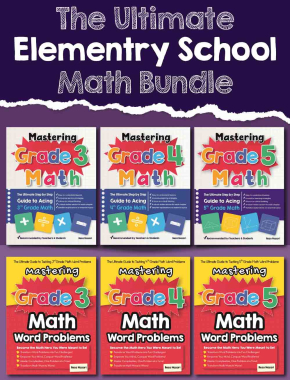
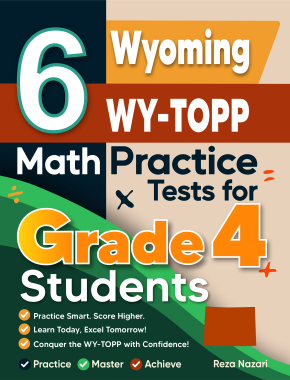
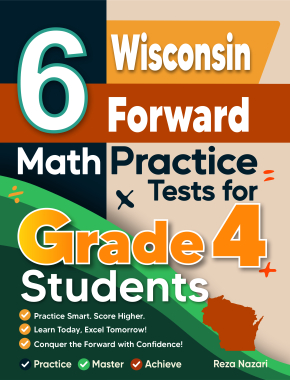
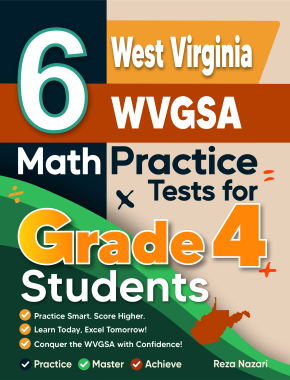
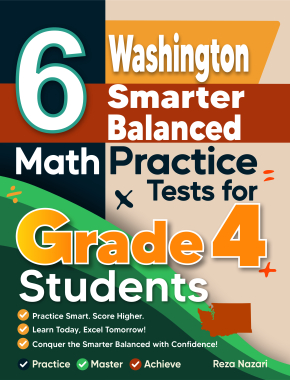


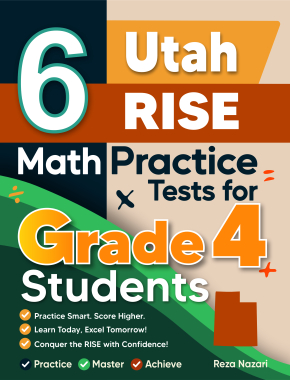
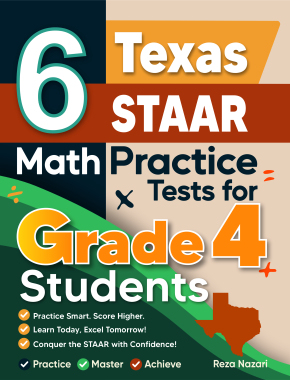
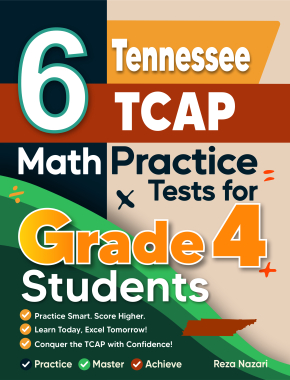
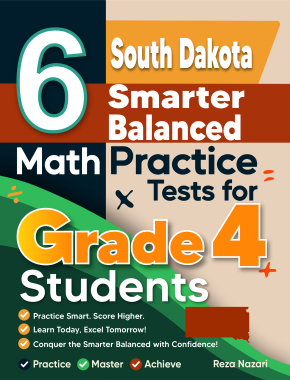
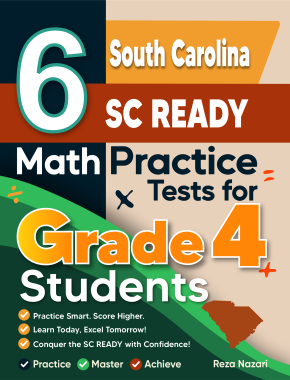
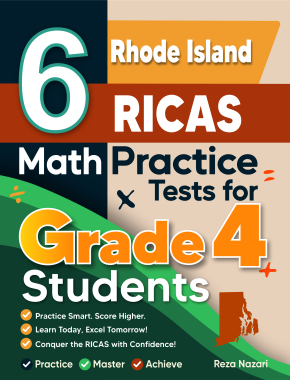
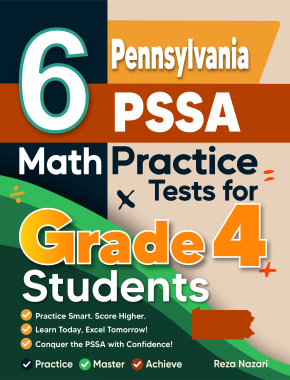

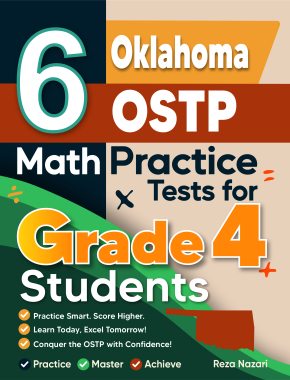




















What people say about "Can Dice Models Compete with Lightning-Fast Layer 2 Systems? - Effortless Math: We Help Students Learn to LOVE Mathematics"?
No one replied yet.